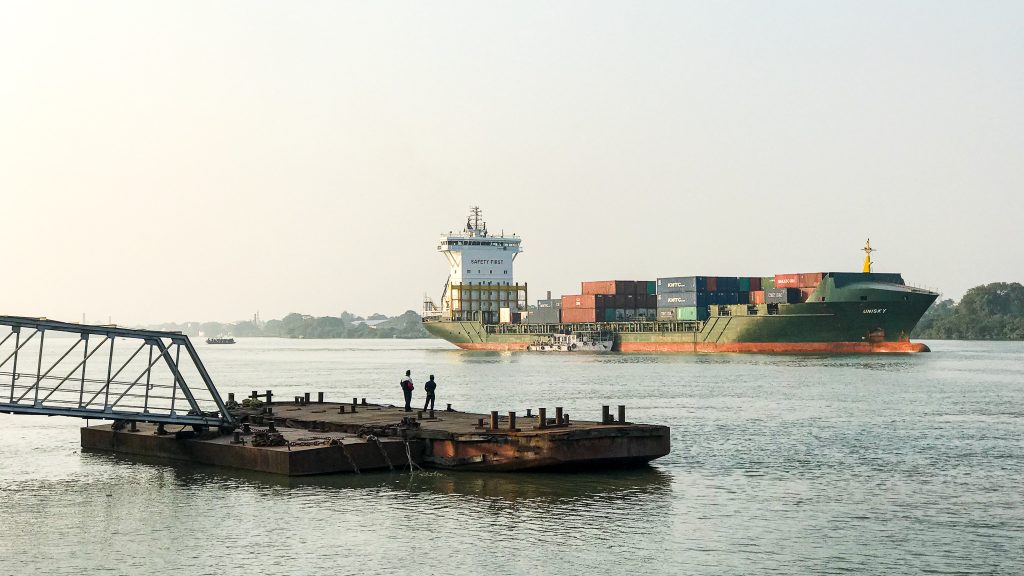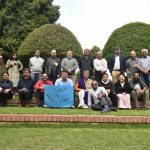Draft EIA 2020: Weakening India’s Environmental Governance

Experience of the current Environment Impact Assessment (EIA) process under the current EIA notification of Sept 2006 tells us that the process needs strengthening in every aspect. The Narendra Modi government has now proposed a new EIA notification, whose draft has been made public, strangely during the lockdown period. The draft notification, in stead, proposes weakening of the whole EIA process in practically every aspect.
KEY EIA ASPECTS The key aspects of the EIA process includes: selecting members and chairpersons of the various Expert Appraisal Committees (EAC), the definition of documents & information to be submitted for the approvals under the various stages of EIA process including at the Terms of Reference stage, at the public hearing stage and at Environment Clearance (EC) stage; public hearing & public consultation process; what happens to the submissions made at the public hearing and public consultation process; the appraisal process; the environment clearance letter; the monitoring and compliance of the clearance conditions; the project decommissioning after its useful life and lastly, what happens when violations happen at any of these stages.
Expectations from the Draft EIA 2020 The EIA notification is supposed to provide all this in full detail. The changes proposed in the new draft are supposed to take into account the experience with the current EIA notification(1). It is supposed to take into account the new realities, like the changing climate or now even the issues related to Covid 19 crisis which has many environmental dimensions. The new draft is also supposed to take into account the relevant pronouncements of the judiciary and in this case National Green Tribunal in the interim period since the previous notification. It is supposed to take into account the new scientific developments that has happened since Sept 2006 when the previous notification came into effect. The new draft is expected to include the lessons of special experiences say the Uttarakhand floods of 2013; increasing incidents of flood disasters, including urban floods; changing monsoon pattern; improved knowledge about the status of biodiversity in various agro climatic situations. It is expected to include the requirements due to India’s international environmental commitments. The experience of other countries can also be useful guide in improving our environmental governance. The new draft is also expected to follow the principle of non regression and also follow the basic tenets of the constitution including basic tenets of democratic functioning, Article 21, Article 48A, among others. The notification is also expected to take into account the public commitments of the government, including Ganga Rejuvenation and River Rejuvenation, Conservation of Himalayas and Western Ghats, among others. The draft notification is supposed to adhere to basic environment principles including those of precautionary principle, polluter pay principle, sustainable development principle and avoiding conflict of interest. A close reading of the draft and comparison with the existing notification shows that the draft fails on each and every one of these requirements.
No Lessons learnt The draft notification, for example excludes following activities with far reaching impacts from the very purview of the EIA process: ANY dam project, or even river linking project, if it claims that it is for drinking water or industrial water or commercial water supply or for flood control, or for any other purpose except hydropower & irrigation, ash pond dams and mining waste dams(2), all flood control and flood management projects including embankments, all river front development projects, any non dam project that affects the rivers or wetlands or water bodies, all inland waterways projects or maintenance dredging projects (since they are in B2 category, which practically means no real scrutiny or participatory process). When this author pointed out to a senior official of the ministry a few years back how massive dams and even river linking projects like Damanganga Pinjal are excluded from the purview of the EIA process, the official said it must be slip of pen! That slip of pen continues to prevail even in new draft! In fact, the new draft says the irrigation projects are not even river valley projects, only hydro projects are river valley projects!
Under the current EIA notification we have had many instances of persons of conflict of interest appointed as chairperson or members of the EAC. For example, when such conflict of interest was pointed out by some of us, P Abraham was removed from the post of chair of the River Valley Projects by Shri Jairam Ramesh, the then environment minister. But we have similar situation prevailing today with several former and current engineers of Central Water Commission sitting on the EAC when CWC has in fact absolutely no credentials or positive track record on environmental issues. The current head of the River Valley EAC is in fact former director general of National Water Development Agency, the river linking developer, and at one time he held both posts together. He also approved the NWDA project in the very first meeting he presided over! The Draft needed to make changes in the process of selection of the EAC chairs and members to avoid such situation, but that has not happened.
There has been almost no case where the EAC would have rejected any EIA for not doing proper impact assessment, we all know most EIAs are dishonest jobs. But again the new draft has nothing to avoid recurrence of such dishonesty in future. Monitoring and compliance of the EC conditions is the weakest link in the EIA process, Environment Minister Prakash Javdekar has publicly accepted. But the new draft actually further weakens that process! The public hearing and public consultation process today is a big black hole. Whatever goes into it, has absolutely no impact on the EIA or the decision of environment clearance, but there is no one ensuring that the issues raised at the public hearing and consultation be addressed. One expected that the new draft will try to amend this lacuna. The cumulative impact assessment and carrying capacity or river basin study today does not even have public hearing or public consultation process.
The draft EIA increases the list of projects completely exempt from EIA process, in addition to B2 projects that also are practically exempt. Exemption means no EIA study need be conducted on the project’s adverse consequences for the environment and people. As highlighted in the CAG report of 2016 not a single project has been penalised for the violation of terms and conditions on which its environmental clearance has been granted. The CAG report also highlights the problem of lack of cumulative impact assessment of all the projects in EIA.
The draft EIA institutionalises the violations that the project developers routinely indulge in. It notes, “such violations being recurring in nature may come to the notice in future during the process of appraisal or monitoring or inspection by regulatory authorities… Therefore, the ministry deems it necessary to lay down the procedure to bring such violation projects under the regulations in the interest of the environment at the earliest point of time rather than leaving them unregulated and unchecked, which will be more damaging to the environment,” the draft said.
What can MoEF do now The editorial in The Economic and Political Weekly rightly concludes: “The draft EIA Notification, 2020 must be put on hold. Not only is this not the time to seek public comments, but it has to be deferred because such a notification has to be widely discussed and can be considered only after due democratic deliberation.”
While the government had first provided 60-day period (ending on May 23, 2020) for submitting comments and has now extended the same to June 30, 2020, the biggest lacunae is that there is no confidence inspiring process as to what will happen to the comments submitted. There is no independent committee set up to go through the submitted comments and then prepare a report taking the comments into account. Secondly, the whole process is happening essentially in English language. This is such an important notification that participation of all the people across the country should be enabled. The notification should be available in language and manner that everyone can understand and participate in. Thirdly, the process clearly cannot happen in lockdown period. The least the government can do is to make amendments in the process to take all this into account.
The draft as it is seems designed to push investment at any cost, irrespective its impact on the people and environment as a number of analysts have concluded. It will certainly NOT achieve that objective, but will destroy the very foundations of well being of the people and the nation.
Send your comments/objections about Draft EIA 2020 to the ministry at eia2020-moefcc@gov.in
This article was earlier published on SANDRP’s website:
https://sandrp.in/2020/05/19/draft-eia-2020-will-weaken-every-aspect-of-eia-process/
End notes:
(1) The 2020 draft notification mentions two of the orders.
(2) These gets mentioned in the EIA for the thermal/ mining projects, but there has been no expert agency looking at the adequacy of the design, construction and operation of these dams, nor are there credible impact assessments, leading to frequent breaches and disasters, with no lessons learnt.
More suggested reading/comments on Draft EIA 2020
1. Comments by Manthan Adhyayan Kendra:
https://www.manthan-india.org/comments-on-the-eia-draft-notification-2020/
2. Statement by Water Conflicts Forum:
https://waterconflictforum.org/lib_docs/Statement-EIA-2020-Notification.pdf


